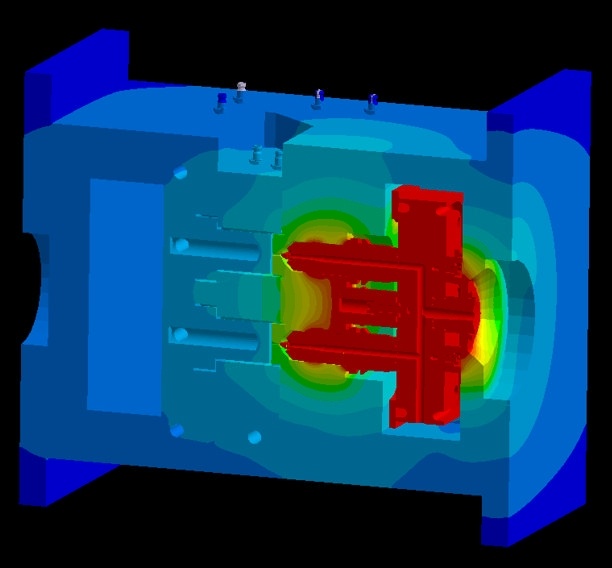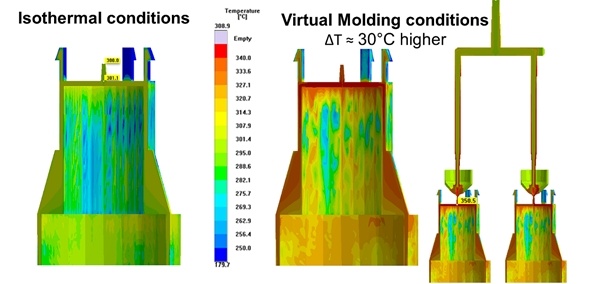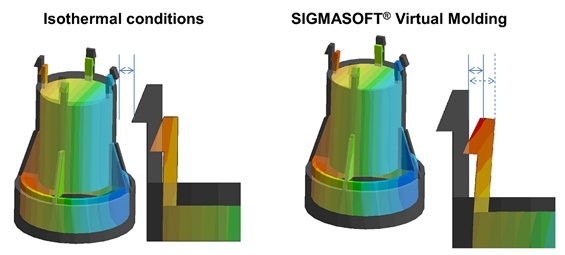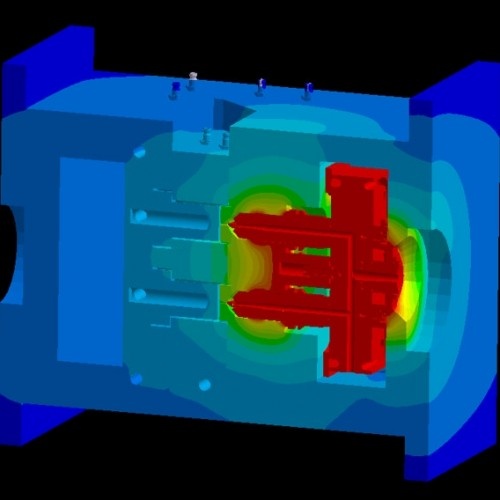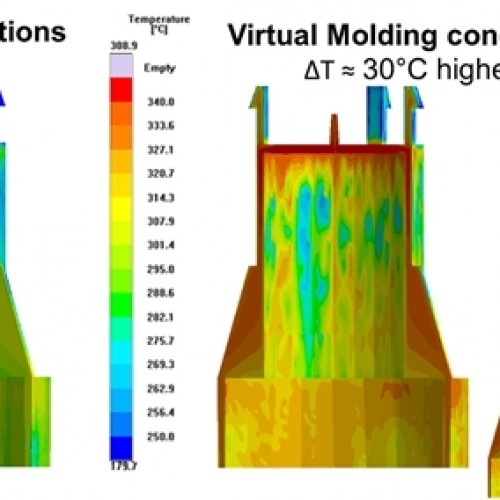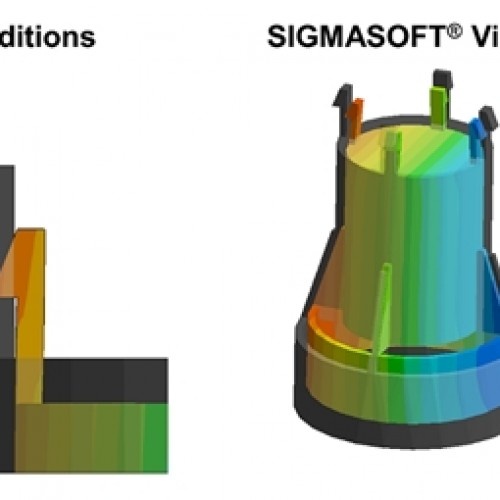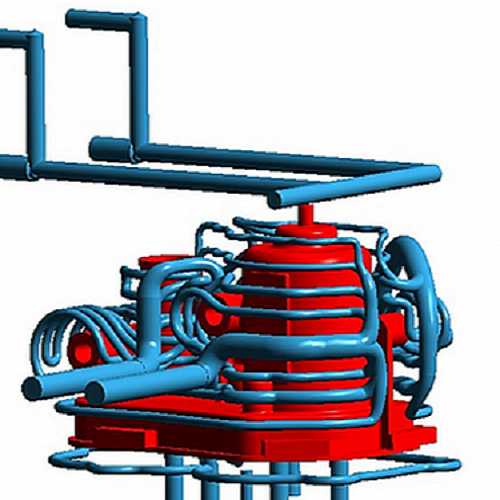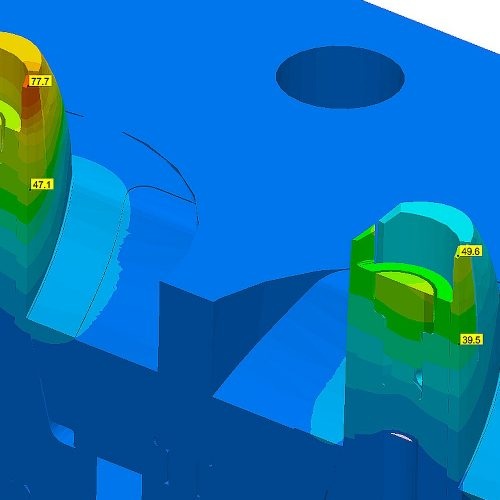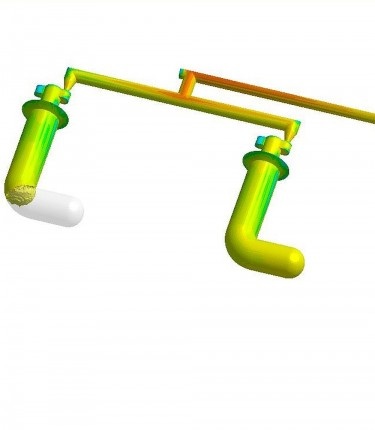An industrial example illustrates how SIGMASOFT® Virtual Molding can be used to improve the reliability of shrinkage and warpage prediction. As the thermal analysis precisely describes the transient thermal boundary conditions responsible for induced thermal stresses in the molded parts, the part deformation is accurately reproduced.
A cylindrical part of thermoplastic material had to be produced with snap fits. A hot runner was to be used. The molder used a conventional simulation analysis to predict the expected part warpage. In this analysis the runner and the part were simulated, but the mold temperature was assumed to be constant. With this isothermal approach the warpage predicted was too low, and the parts had assembly problems.
The company addressed SIGMA to analyze the problem in SIGMASOFT® Virtual Molding. In this case, the complete mold was considered in the simulation, with all its components, and the molding cycle was reproduced over several cycles in the machine, as seen in Figure 1. It was found that the hot runner manifold had a large influence on the mold temperature, and that this temperature substantially varied from the one predicted by the molder.
The melt temperature was expected to be 300°C. However, due to the thermal influence of the hot runner and the shear heating experienced by the material in the runner channel, the temperature in the melt was actually 350°C as it reached the cavity. This increase in the mold temperature and the thermal history of the melt over several cycles generated a temperature delta of around 30°C with respect to the original simulation results, as seen in Figure 2.
Because of the larger temperature of the melt present in the cavity, the thermally induced stresses were found to be larger, producing an increase of about 40% in the part deformation predicted under isothermal boundary conditions, as depicted in Figure 3.
